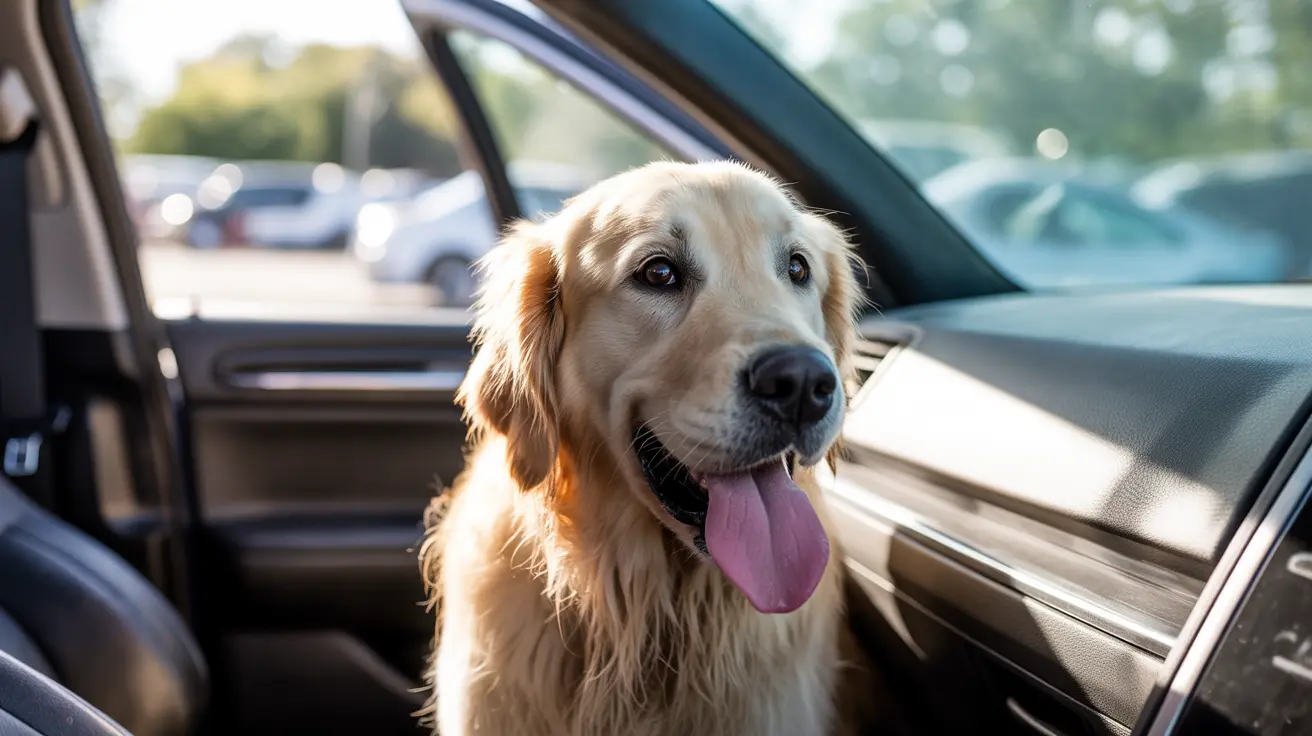Are Some Dog Breeds Prone to Licking?
Licking is a natural behavior among dogs, often seen as a sign of affection, curiosity, stress relief, or even a symptom of underlying issues. While nearly all dogs engage in some form of licking throughout their lives, certain breeds appear more prone to excessive or recurrent licking. Understanding the reasons behind this behavior and recognizing breed-specific tendencies can help dog owners manage and support their pets more effectively.
Why Dogs Lick
Before diving into breed-specific tendencies, it’s important to understand the general motivations behind dog licking behavior:
- Comfort and self-soothing – Dogs may lick objects or themselves to reduce anxiety or calm themselves in stressful scenarios.
- Attraction to scents or tastes – Scent particles, sweat, or food residues can lead dogs to lick bedding or their owner’s belongings.
- Stress or anxiety – Licking may occur more frequently during routine changes, loud noises, or separation from an owner.
- Boredom or habit – A lack of stimulation can lead to repetitive licking behaviors.
- Medical issues – Dental problems, gastrointestinal discomfort, allergies, or even cognitive dysfunction in older dogs might manifest as excessive licking.
- Attention-seeking – Dogs may learn that licking prompts a reaction from their owners, encouraging them to continue the behavior.
Dog Breeds Known for Licking Behavior
While all dogs are capable of licking, the following breeds often show higher tendencies to engage in this behavior:
- Labrador Retrievers – Known for their affectionate and friendly nature, Labs often lick as a form of bonding and attention seeking.
- Golden Retrievers – These gentle and loyal dogs may lick due to their empathetic nature and desire to comfort their owners.
- Chihuahuas – Small and often anxious, Chihuahuas might lick as an outlet for nervous energy or attachment issues.
- Yorkshire Terriers – Prone to separation anxiety, they may engage in licking behaviors when stressed or left alone.
- Beagles – Driven by strong scent instincts, Beagles might lick due to interesting smells or food particles.
- Cavalier King Charles Spaniels – These affectionate lapdogs use licking to bond closely with their owners.
- Dachshunds – Highly attached to family, these dogs may lick as an expression of loyalty and emotional need.
- Pugs – These social dogs often seek attention through licking and other close-contact behaviors.
- Boxers – Energetic and loving, Boxers may engage in playful or attention-seeking licking.
- Poodles – Intelligent yet occasionally prone to anxiety, Poodles may display licking as a comfort behavior.
While these breeds commonly exhibit licking behaviors, individual temperament, upbringing, and environment also play significant roles.
When to Be Concerned
- When licking becomes excessive or constant.
- If it's paired with signs of distress, aggression, or disinterest in normal activities.
- Should physical symptoms appear, such as vomiting, loss of appetite, or skin irritation.
- If the dog is older and the behavior is new or increasing suddenly, possibly indicating cognitive dysfunction.
Strategies for Managing Excessive Licking
- Enhance stimulation – Provide daily walks, play sessions, learning games, and puzzle toys to reduce boredom and stress.
- Health check – Consult a veterinarian to rule out allergies, dental issues, infections, or other medical causes.
- Maintain cleanliness – Regularly wash bedding to remove attractive scents that might trigger licking.
- Use deterrents – Apply safe pet deterrent sprays to forbidden objects like blankets or furniture.
- Training and redirection – Teach commands like "leave it" and offer chew toys or interactive distractions.
- Create a calm environment – Reduce triggers of anxiety through a consistent routine and provide comforting tools like blankets, music, or canine calming apps.
- Avoid reinforcing the habit – Do not reward licking with excessive attention; instead, reward calm, alternative behaviors.
Final Thoughts
Some breeds are undoubtedly more prone to licking, but usually this behavior stems from a need—emotional, sensory, or physical. Understanding your dog’s motivation is the first step toward managing it effectively. With attention, care, and a little patience, most licking behaviors can be addressed constructively.





